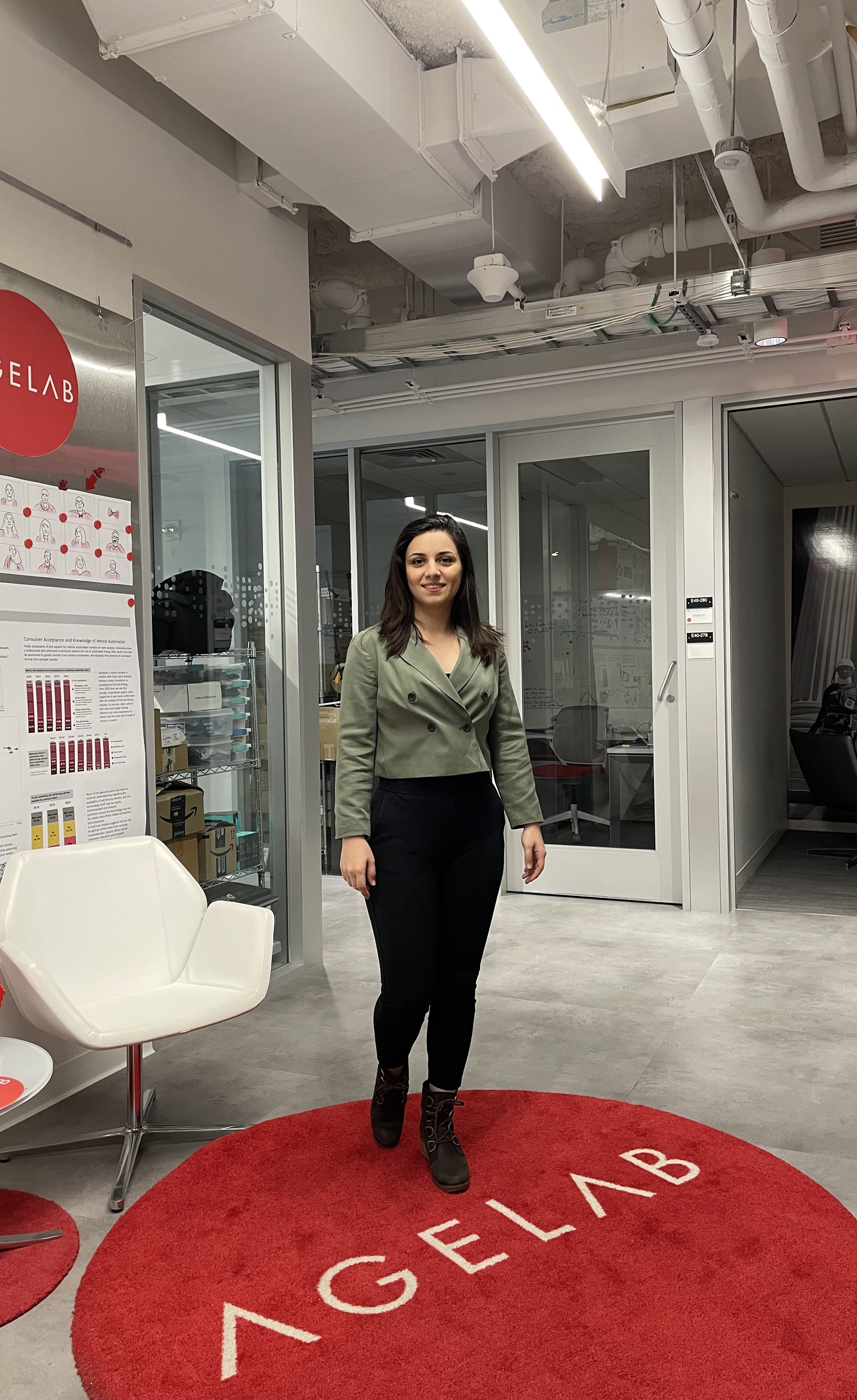Some design considerations for smart home technologies: findings from C3 interviews
by Maryam “Shabnam” FakhrHosseini
Technological advances have improved the functionality of smart home systems and services, enabling consumers to automate some in-home tasks, enhance their safety and security, and save energy. Despite these improvements in functionality, user adoption of many currently available products and services remains low. What should designers of these technologies be focusing on to make their products and services more attractive and responsive to user needs?
To address that question, the C3 Connected Home Consortium conducted in-depth interviews with people from a range of demographics on their challenges regarding their in-home tasks and views of new smart home technologies, as well as their feelings about where their current homes are not meeting their needs. The interviews uncovered four underlying themes that we think should provide insights on how we should design new smart home systems and improve existing products.
- Communication. People are looking for communication channels in most smart home systems. Whether the technology is a home repair & maintenance service, a caregiving system, or an energy management tool, people are looking for features and functions that can help them to communicate with others regarding the task and share information.
- Cohabitation. Participants said it could be challenging to cohabitate a multi-resident house with others who have different routines and preferences. This is often a source of conflict in common spaces and activities. This challenge may transfer to a home with smarter devices, since many existing systems provide limited multi-user support. For example, a smart home thermostat may only adhere to the preferences of a single user or the average data of everyone’s preferences, which, in both cases, dissatisfies the majority. To tackle this issue, future smarter home devices should be designed to understand individual users and their needs.
- Cybersecurity. Participants expressed distrust that their data security and privacy would be protected when using smart home systems. This distrust is both internal and external: users may fear that the companies that design the technology are looking to harvest their data, and they may also fear that the technology is not sufficiently protected from outside hacking.
- Connected services. Interview results generally support the idea of more connected and integrated homes. A caregiving portal that communicates the care recipients’ tasks and needs with care providers, a task management tool that integrates in-home activities and informs residents about tasks and events, and an energy control system with the awareness of user preference and home layouts are some examples of a more complex yet seamlessly technologized home that could provide higher level service to residents.
Overall, our interview results suggest that smart home technologies need to be robustly able to communicate and respond to multiple users—flexibility, connectivity, and communicativity are key. The technology—and its marketing—also needs to respond to user concerns about privacy and security to overcome trust-related barriers.
